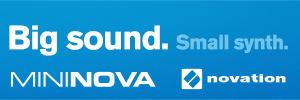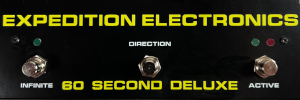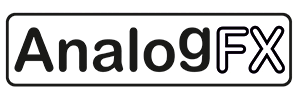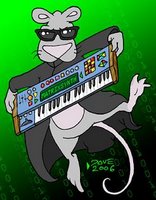
Showing posts sorted by date for query John Bowen Solaris Published. Sort by relevance Show all posts
Showing posts sorted by date for query John Bowen Solaris Published. Sort by relevance Show all posts
Friday, May 08, 2020
Solaris Synthesizer Sound Demo
Published on May 8, 2020 Pure Ambient Drone
"Part three of my Solaris Synthesizer sound demos. This is a long demo of the John Bowen Solaris synthesizer. I am going through the presets of the synthesizer with no external effects. All you hear is the John Bowen Solaris."
Pure Ambient Drone Solaris posts
Friday, May 01, 2020
John Bowen Solaris Demo No talking
Published on May 1, 2020 Pure Ambient Drone
https://johnbowen.com
Lot's of bass in this one. Follow-up to this demo.
"John Bowen Solaris Synthesizer Demo. Hear the sounds of the Solaris Synth. No talking sound demo of the John Bowen Solaris."
Update:
John Bowen Solaris Demo 2
Published on May 2, 2020 Pure Ambient Drone
"Solaris Synthesizer Demo. Part two John Bowen Solaris Sound Demo. Here I am going through the presets of the synthesizer with no external effects. All you hear is the Solaris."
Tuesday, March 31, 2020
John Bowen Solaris Sound Demo
Published on Mar 31, 2020 Pure Ambient Drone
Update: Re-Published on Apr 28, 2020
https://johnbowen.com
"John Bowen Solaris Demo. No talking of some Solaris preset patches.
The general concept behind the John Bowen Solaris synthesizer is to implement something like a giant wall-sized modular system entirely in software where you can select among several completely different types of oscillators and filters, exquisitely modelled after the components culled from a variety of legendary vintage synthesizers of yesteryear and even some current virtual analog innovations of today. With up to four oscillators, four filters, four amplifiers, four four-input mixers, six envelope generators, one looping envelope generator, five LFOs, two vector mixers and still more of these software modules available in each program, the Solaris synthesizer becomes absolutely unrivalled in terms of versatility and programmability."
Friday, February 28, 2020
Black Octopus Sound - Event Horizon 3 (128 Presets for the John Bowen Solaris) by Toby Emerson
Published on Feb 16, 2020 Black Octopus Sound
http://johnbowen.com
This one was spotted and sent in via Soviet Space Child.
See my post on the upcoming V2.0 OS update.
"Get it here: https://blackoctopus-sound.com/produc...
Event Horizon 3 for the John Bowen Solaris has arrived. Created by Toby Emerson, this bank of 128 presets will take you on a journey of endless evolving pads, deep subsonic basses, cutting edge leads, nostalgic keys, and inspiring synth plucks. The sound capabilities of the Solaris are extremely deep, and Event Horizon 3 explores new sonic territories with the Solaris, utilizing some of its unique features such as rotors, amplitude modulation, feedback routing, wavetable modulation, Linear FM, and more. If you are looking for a huge bank of timeless and inspiring sounds for any genre of electronic music then look no further than Event Horizon 3 for the John Bowen Solaris – one of the greatest synthesizers ever made.
Monday, January 20, 2020
NAMM 2020 John Bowen Solaris Desktop Synthesizer & Voice Expander
Published on Jan 20, 2020 sonicstate
"John Bowen's Solaris is now available in desktop form. One of the first all digital synthesizers with many models of classic analog elements. The Desktop version features AMOLED displays and is much smaller than people expect."
http://www.johnbowen.com
John Bowen Solaris Desktop posts
Monday, January 06, 2020
New Korg Wavestate Wave Sequencing Synthesizer Revealed
Published on Jan 6, 2020 Korg
Update: Details are in... Playlist with the first user videos added below.
"Legendary synthesis, radically re-imagined. Organic, inspirational, and mind-blowingly powerful.
KORG’s legendary Wavestation introduced the world to Wave Sequencing, transforming raw samples into sounds that no-one had ever heard before. The flagship OASYS and KRONOS keyboards developed Wave Sequencing even further, expanding on its unique palette of lush, evolving pads and driving rhythms.
Now, KORG is proud to announce the next step in digital synthesis: the wavestate. Featuring the radically re-imagined Wave Sequencing 2.0, the wavestate delivers astonishing, ever-changing sounds with extensive hands-on control.
Far from a nostalgic reissue, the wavestate is designed from the ground up for a new generation of musicians, producers, and composers, taking cues from sources as diverse as modular synths, groove boxes, and algorithmic composition. The compact form-factor, with 37 full-size keys, transports easily and fits neatly into any stage, studio, or desktop setup."
Korg Wavestate User Videos
New Korg Wavestate Vector & Wave Sequencing Synthesizer - Perfect Circuit
Korg Wavestate - All Playing, No Talking! - Kraft Music
Korg Wavestate - Overview with Nick Kwas - Kraft Music
Korg Wavestate - New Keyboard! - sonicstate
KORG WAVESTATE FIRST IMPRESSIONS - BoBeats
Korg WAVESTATE // Review and full tutorial // Wave sequencing and Vector synthesis explained - loopop
Korg Wavestate Wave Sequencing Synthesizer | Reverb Demo
First Look: Korg Wavestate Synthesiser with Wave Sequencing 2.0 - Noisegate
First jam with the Korg Wavestate - Honeysmack
Korg Wavestate - Sound Design Tutorial 1 - True Cuckoo
Highlights:
"With the Wavestation, each step of a Wave Sequence had a duration, a sample, and a pitch. This created ear-catching patterns–but the patterns repeated the same way, over and over. What if they could evolve in organic, unexpected ways, instead of just repeating?
 Wave Sequencing 2.0 splits apart the timing, the sequence of samples, and the melody, so that each can be manipulated independently. Also added are new characteristics including shapes, gate times, and step sequencer values. Each of these is a “Lane,” and each Lane can have a different number of steps and its own start, end, and loop points.
Wave Sequencing 2.0 splits apart the timing, the sequence of samples, and the melody, so that each can be manipulated independently. Also added are new characteristics including shapes, gate times, and step sequencer values. Each of these is a “Lane,” and each Lane can have a different number of steps and its own start, end, and loop points. Every time the sequence moves forward, the individual Lanes are combined to create the output. For instance, a sample may be matched with a different duration, pitch, shape, gate length, and step sequence value every time that it plays. You can modulate each Lane’s start, end, and loop points separately for every note, using velocity, LFOs, envelopes, Mod Knobs, or other controllers. Each note in a chord can be playing something different!
Lanes can also randomize the step order every time they play, with realtime control over the range of included steps. Finally, individual steps can be randomly skipped, with a modulatable probability from 0 to 100%. The result is organic, ever-changing sounds that respond to your control. The four onboard arpeggiators can interact with Wave Sequences for even more possibilities."
"KORG R&D created the original Wavestation, co-created the OASYS and Kronos, and has developed fundamental technologies behind many other KORG instruments. The wavestate reflects their unique aesthetic, delivering stunning sound and deep flexibility via cutting-edge technologies.
Three of the key sound designers from the original Wavestation, John Bowen [of John Bowen Synth Design & the Solaris], John “Skippy” Lehmkuhl (Plugin Guru), and Peter “Ski” Schwartz, joined Belgian artist Airwave and the renowned KORG voicing team to create the incredible wavestate sound library."
"Bursting with knobs and controllers, the wavestate invites you to explore. All of the basics–filter, envelopes, LFOs, effects–are at your fingertips with dedicated front-panel controls. Eight programmable Mod Knobs are customized to bring out the most in every sound, often taking them in entirely new directions. Use the knobs in realtime performance, and also save the results as new sounds. Add in the Pitch Bend and Modulation Wheels and the unique Vector Joystick, and you’ll always have multiple dimensions of realtime expression.
Want to dig deeper? Almost all front-panel knobs, and most on-screen parameters, can be modulated. You can even modulate settings for individual Wave Sequence Steps! Mod Processors let you transform modulation signals using quantization, smoothing, curvature, and more."
"Randomization that inspires.
Looking for even more inspiration? A dedicated front-panel button, marked by a “dice” icon, generates new sounds via intelligent randomization. Randomize the entire sound or just a part of it, such as the filter, the Sample Lane, or the effects. Use the results directly, or as a jumping-off point for your own creations.
An arsenal of effects.
The wavestate’s superb effects deliver production-ready sounds. Each Layer has three dedicated effects; additionally, the Performance has a master reverb and parametric EQ. Along with standards such as compressors, EQs, choruses, flangers, phasers, and stereo delays, you’ll find distinctive processors such as the Wave Shaper, Talking Modulator, Reverse Delay, Multiband Mod Delay, and Overb (from the OASYS), plus modeled effects including VOX guitar amps, VOX wah, multi-head tape echo, and a collection of classic guitar pedals."
"Choose your filter.
Add vintage character to your sounds with the aggressive MS-20 Lowpass or Highpass filters, or the strong, sweet Polysix Lowpass. Shape and refine with a full collection of resonant 2-pole and 4-pole Lowpass, Highpass, Bandpass, and Band Reject filters. Or, step outside the box with KORG’s unique Multi Filter, which creates modulatable blends of multiple modes simultaneously.
Ample samples. 64 stereo voices.
Totaling in the gigabytes, the wavestate’s sample library is more than a thousand times larger than that of the original Wavestation. That’s a lot of great-sounding raw material for Wave Sequences. There’s a bank of samples from Plugin Guru, brand-new samples from KORG, and a selection from the Kronos and Krome libraries. Of course, KORG also provides all of the Wavestation’s samples (including all options), plus a huge library of Wavestation Wave Sequences. Play up to 64 stereo voices with pristine clarity, using KORG’s proprietary anti-aliasing sample playback technology."
"Multiply by four.
With all of that synthesis power, you might think the wavestate would play only one sound at a time. Not a chance. For even more rich and complex results, layer up to four Programs together in a Performance–each with their own effects and arpeggiator. The Vector Envelope and Joystick mix the individual voices of the four Layers, and can also modulate any other parameters."
"Set Lists and Smooth Sound Transitions.
Set Lists offer effortless organization of your wavestate Performances, and deliver instant access at the gig or in rehearsal. Smooth Sound Transitions allow previously-played voices and effects to continue to ring out naturally, even once a new sound has been selected.
Plays well with others.
Balanced stereo outputs connect to any recording or monitoring system, and a stereo headphone output is provided for private playing or onstage cueing. Din-style MIDI jacks ensure connection to other MIDI-equipped instruments and audio gear. The wavestate supports class-compliant USB MIDI connections to Windows and Mac computers, and the wavestate librarian program is available as free download from KORG."
via https://www.korg.com/us/products/synthesizers/wavestate/
LABELS/MORE:
John Bowen,
Korg,
MATRIXSYNTH Members,
NAMM,
NAMM2020,
New,
New in 2020,
New Synths,
new synths in 2020,
News,
synth tutorials
Wednesday, November 06, 2019
Engine synthesizer : MOTORS STAGE 2 ! From VR6 to old Flat 4.
Published on Nov 6, 2019 Theo GRAND
"Motors has evolved with interactive EQs, camshaft + rolls generator, a ruptor, and stil the good old fashioned Reaktor interface. Here's a sample of classic engine types it can make. Feel free to comment."
Reminds me of the Rotors on the John Bowen Solaris, or the mechanical Motor Synth from Gamechanger Audio. All different of course.
Two more:
"We can hear the different harmonics made by a combustion engine running at the same rpm (approx. B♭), but with an increasing number of cylinders.
Actually, the fundamental is multiplied, which gives a harmonic suite, making intervals."
"This a Reaktor based synthesizer made to reproduce the sound of an engine with different cylinder configurations. Here we can hear the same engine switching from 4 to 12 cynlinders. The starter is a sample played."
Friday, August 30, 2019
John Bowen SOLARIS Demo of tweaking, sound design and some patches
Published on Aug 30, 2019 synthlegends
"The John Bowen Synth Design SOLARIS is almost 8 years on the market. Since 2012 there were approximately 380 units produced. The 7th production run just finished and is sold out.
The SOLARIS is a very sophisticated digital virtual analog synthesizer with 4 oscillators, 2 so called rotors, tons of waveforms, filters, mixer routing possibilities, 5 LFO and 6 envelopes. It contains about 1200 parameter and countless routing possibilities. It is like a polyphonic modular synthesizer which is capable to recreate all classic vintage synthesizers and also never heard digital stuff. With the SOLARIS a programmers dream became true. The GUI is quite logical thanks to 5 text displays for each section in the signal path plus a big graphic display.
My new purchased SOLARIS with Serial Number 356 has a new hardware feature, OLED Text Displays. In the meanwhile the OS is "grown up" and there are also more than 2000 user presets programmed by a big community of sound designers.
In this video I only scratch on the surface. In the beginning I want to demonstrate a bit the different sections (oscillator, filter, envelops, LFO) by tweaking an anlog sounding JUPITER style Pad. Then I demonstrate a couple of typical analog leads, bass, sync sounds and some digital sounds to show the wavetable section. In the end I play a gorgeous string patch demonstrating some further routing capabilities in the mixer section, where you can layer 4 parts.
I did not use any additional effects, mastering, compression or eq. You hear only the SOLARIS from Out 1 and 2 directly to the audio interface.
I hope, you enjoy this video, which only shows a very little part of this unbelievable flexible synth. I am very happy to read your comments.
Cheers, Rüdiger"
Tuesday, August 06, 2019
For Luna - based on the Moonlight Sonata by Beethoven performed on the John Bowen Solaris
Published on Aug 6, 2019 Sean Christopher Evoking Emotion with Synthesizers
"This is my own take on Bethoven's Moonlight Sonata which I originally wrote in 2012 for my last album, Transcendence. That version featured a violinist and children's choirs, along with various software synths, I decided to recreate it on my newest synth, the John Bowen Solaris. All the sounds you hear are based on the factory presets with some editing by yours truly.
The Piano Sonata No. 14 in C♯ minor "Quasi una fantasia", Op. 27, No. 2, popularly known as the Moonlight Sonata, is a piano sonata by Ludwig van Beethoven. It was completed in 1801 and dedicated in 1802 to his pupil, Countess Giulietta Guicciardi. The piece is one of Beethoven's most popular compositions for the piano, and it was a popular favorite even in his own day.
Thank you VERY much for viewing and I always appreciate a "like" if you enjoyed listening to my work. PLEASE subscribe if you already have not. Thank you to NASA for the public domain moon footage from the Lunar Reconnaissance Orbiter."
Sunday, July 21, 2019
Modal 002 vs John Bowen Solaris - quick example
Published on Jul 20, 2019 synthlegends
"Only a quick example of one string patch in reminiscence of the Oberheim OBXa with the Obie 12 dP LP Filter in Solaris and 12 dB LP Moog Ladder Filter in the 002.
Both patches use 2 oscillators slightly detuned with a simple saw wave.
On both I used minimal LFO for slightly modulation, but the 002 modulates itself because of the phase shifting of the detuned oscilators. Maybe it is also because of the NCO in the 002, which are a bit out of tune instead of the digital Oscillators in the Solaris.
In both patches I did some portamento/glide.
Both patches are dry with no internal or external effects. Other than in the video described, the Modal 002 has no 12 dB Filter, only a 6 dB Filter with Slope 12 dB BP to 24 LP. Sorry for the wrong description. Please Note: this small comparison is not representative to make a full opinion about both Synths. The differences are very huge. Some people are of the opinion that the 002 sounds more analogue. I agree with that because it has also an analog filter whereas the Solaris uses digital emulated filter. The Solaris sounds very Hifi, the 002 is unique thanks to NCO, DeRez (sort of PPG like resonance), the very warm slope filter and the Drive-Pot.
The Solaris is a modulation beast and maybe you can match the 002 patch in this video with some more tweaking better.
I did this video because there are some discussions about the sound comparison of these two high end synthesizers.
Thanks for watching!"
John Bowen Solaris and GEM S3 - Poly Aftertouch
Published on Jul 21, 2019 synthlegends
"A short demonstration of the Poly Aftertouch responsiveness on the GEM S3 workstation, which is one of a very view keyboards, which can play Poly AT. It is a pity that the really great keyboard of the Solaris is not capable of. In the second part of this video I demonstrate a sound comparision of the classic string patch. The GEM S3 is not bad sounding IMO."
Wednesday, January 30, 2019
NAMM 2019: MOK Waverazor Innovative Eurorack Oscillator Module
Published on Jan 30, 2019 SYNTH ANATOMY
"Taiho showed me at NAMM 2019, it's new innovative Eurorack oscillator Waverator which is based on a modified 1010music Toolbox platform."
Kind of reminds me of the rotors on the John Bowen Solaris. Taiho Yamada was one of the lead designers at Alesis and M-Audio. He brought us the Alesis Andromeda and the M-Audio Venom. You can find posts featuring him in the archives (by date or by relevance).
Monday, April 02, 2018
SOLARIS (John Bowen) Synthesizer - 100 Brian Kehew Presets
Published on Apr 2, 2018 OFR
"Here is a quick demo of the 100 custom sounds I programmed for John Bowen's amazing synthesizer, the Solaris. It's a fascinating system, a brilliant design with astounding sonics (although YouTube audio won't represent the full audio quality.)
I was finding so many people were doing 80s analog-synth type sounds (which are common elsewhere already) so I wanted to show a wider range of the possibilities it offers. I still don't understand all of what the Solaris can do - I'm still learning it - so there is more to come for sure. There are NO samples used, just pure synthesis modes. Enjoy!
** Thanks to Curt Anderson for the camerawork and Todd Lampe for editing..."
---
Update: For the month of April, John Bowen Synth Design is offering a $500 discount on the Solaris. You can find details here.
Sunday, January 21, 2018
Jean Michel Jarre - Chronologie 2 Test on the John Bowen Solaris
Published on Jan 15, 2018 Synth Love
"Here is my cover of Chonologie II on my Synth . Enjoy :)"
Solaris + external FX Strymon BigSky. The Novation Peak is not used.
Wednesday, March 08, 2017
John Bowen Solaris - More Presets and Demo 2
Published on Mar 8, 2017 Stephen Hummel
"Volume 9 of the 'Circuits and Strings' series of studio jam videos from subtractiveLAD aka: Stephen Hummel.
With this set of presets I wanted to explore some more classic timbres, along with sounds that only the Solaris could do. These presets are created using only the Solaris sound / effects engine (no samples or external effects besides the occasional touch of reverb).
I have made Wavetable-based patches that, in some cases, lean more towards a Waldorf Wave in character, while others lean towards a PPG Wave 2.3...
Some patches are decidedly Moog in flavor, with some exploring a more hybrid Memorymoog-style character (CEM oscillators with Moog filter) and others a more pure Moog sound (Moog oscillators and filters).
There are patches that are FM-based and some that come close to modeling acoustic instruments. I also think I got very close to the original Oberheim "Jump" timbre...
I will be delivering all of the presets that I make to John Bowen and he will send them out to the Solaris users"
Demo 1 here.
Thursday, March 02, 2017
John Bowen Solaris - New Presets and Demo
Published on Mar 2, 2017 Stephen Hummel
"Volume 8 of the 'Circuits and Strings' series of studio jam videos from subtractiveLAD aka: Stephen Hummel.
My usual musical meanderings were pleasantly interrupted by the arrival of John Bowen's Solaris synthesizer in my studio.
I made some of the factory preset patches for when the synth was originally released years ago. Having it around again has been great and I've pretty much been lost in patch-making heaven since it got here. I thought it would be fun to show you the patches that I have made so far, with short little musical pieces to help demonstrate each preset. Some of the modulation stuff is more exaggerated than what I would normally do in a track but it is to show some of what the synth is capable of. Most of the preset demos feature music that I recorded as MIDI data which is then sent back into the synth from Reaper - just wanted my hands free for the joystick and ribbon, etc.
All sounds are from the Solaris only, no other effects or processing, with the exception of a little Verbzilla on the Blade Runner patch...
I feel like I've only scratched the surface on this thing and new ideas keep crowding my brain.
PS: The wooden end cheeks are taken off of this unit as it was being used for programming updates before coming to me."
Sunday, February 12, 2017
The Last Sunrise
Published on Feb 12, 2017 kpsiegel
"This is my first video done in the newly rebuilt studio. I am dressed in a suit in this one because I just got back from dinner with my wife for her birthday and we managed to drink a lot thanks to some very generous friends of ours. It seemed like a good idea to grab the camera and just jam out with a bunch of synths.
Everything was recorded live off my X32 mixer. Drum channel had compression using the onboard compressor and all the reverb/delay on the synths was from an Eventide H3000 D/SE outboard send with a custom patch from Italo Di Angelis. Audio recorded at 48K/24 bit into my RME Fireface UFX. No post-processing at all. Hey, live is live!
Synths in the video:
MFB Dominion One
GRP A4 - played with the Axiom 61 controller
Macbeth Elements - played with the Axiom controller. Filter A used
Oberheim Two Voice Pro
Behringer Deepmind 12 - Doing arpeggio
Minimoog Model D reissue
Dave Smith Instruments OB-6
Waldorf XTk
Waldorf Q+ - That is the background pad using the sequencer
Schmidt 8 voice poly
John Bowen Solaris
Roland TR-808 for the drums
The lighting was red because I had the colored studio lights set to red. Just seemed like the right feel at the time. It causes graininess in the video image but I didn't care particularly."
Wednesday, June 01, 2016
Solaris by John Bowen - my personal patches
Published on Jun 1, 2016 Default Corporation
"Some patch from scratch. No external processing and effects.
Recorded live in May 30 - June 01 2016.
Thank's mr. Felice Manzo of L.E.M.I. (Turin Italy)"
Thursday, February 18, 2016
Creative Cribs - Ty Unwin
Published on Dec 8, 2015 Spitfire Audio
This one in via Soviet Space Child.
A studio tour with composter Ty Unwin. See his IMDB page here for some of his work.
Synth spotting: Moog Voyager XL, KORG OASYS, KORG Wavedrum, Yamaha VL70m, Emu Proteus 2500, Wavestation AD, KORG DS1M, Technics WSA-1R, The Schmidt, Roland VSynth XT, Yamaha FS1R, Waldorf XT, Jazz Mutant Lemur, Teenage Engineering OP-1, Korg KAOSS Pad, Volca Keys, Casio MT, Strymon Pedals, Moog Moogerfoogers, Moog System 55, ROLI Seaboard, Roland Tegra 7, DSI Polyevolver, DSI Prophet 12, Access Virus Ti, Hartmann Neuron, Roland VS GT, Kawai K5000S, Arturia Minibrute, Elektron Machinedrum, DSI Tempest, Studio Electronics Boomstars, Yamaha Tenori-On, KORG SQ1, Moog Voyager RME, Soulsby Atmegatron, Yamaha AN1X, DSI Prophet-6, John Bowen Solaris, Roland JD-800, Roland V Piano, Natvie Instruments MACHINE, Live Push, KORG MS20M, and the Arturia Origin.
Don't miss the Schmidt light show just after 37:20.
LABELS/MORE:
Ableton,
Access,
Arturia,
DSI,
Emu,
Hartmann,
Interviews,
JazzMutant,
John Bowen,
Korg,
MOOG,
Native Instruments,
Roland,
ROLI,
Schmidt,
Soulsby Synthesizers,
Technics,
Teenage Engineering,
Waldorf,
Yamaha
Tuesday, December 30, 2014
John Bowen Solaris Demos by boxoftextures
Solaris general demo Published on May 13, 2012 boxoftextures
Don't miss the Rotor demo below. It's one of the unique features of the Solaris.
"A brief exploration of some of the capabilities of the John Bowen Solaris synthesizer, showing the flexibility and depth of what you can do with it. This isn't a full blown tutorial but more of a taste of how you can program the synth.
©2012 Seth Elgart - All rights reserved."
boxoftextures, Twitter, Facebook
Solaris rotor demo
Published on May 13, 2012 boxoftextures
"A demonstration of the basics of the rotors in the John Bowen Solaris synthesizer. The rotors are a somewhat unique module. They're not a sound generator on their own, but instead they let you mix and modulate several different inputs, be they sound sources or some other sort of signal. Using the rotors you can make either subtly motion-filled patches or you can go wild and make some crazy sounds.
©2012 Seth Elgart - All rights reserved."
NEXT PAGE
HOME
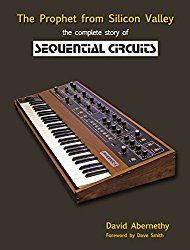
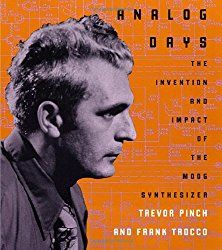
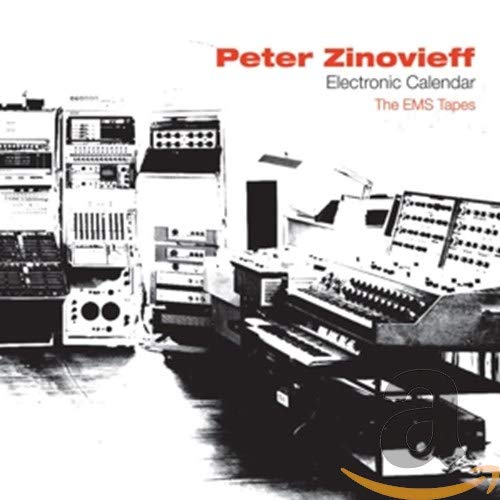
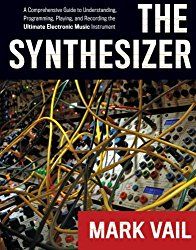
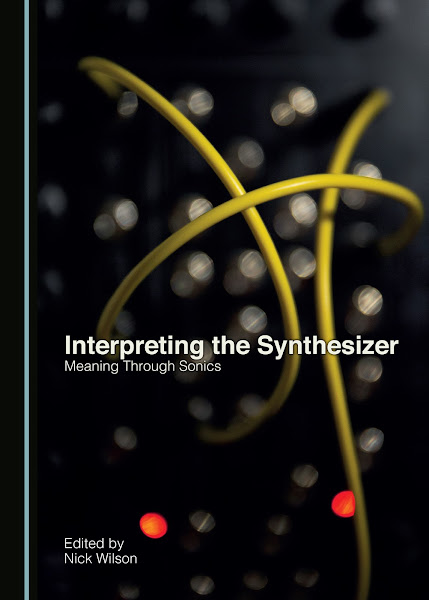
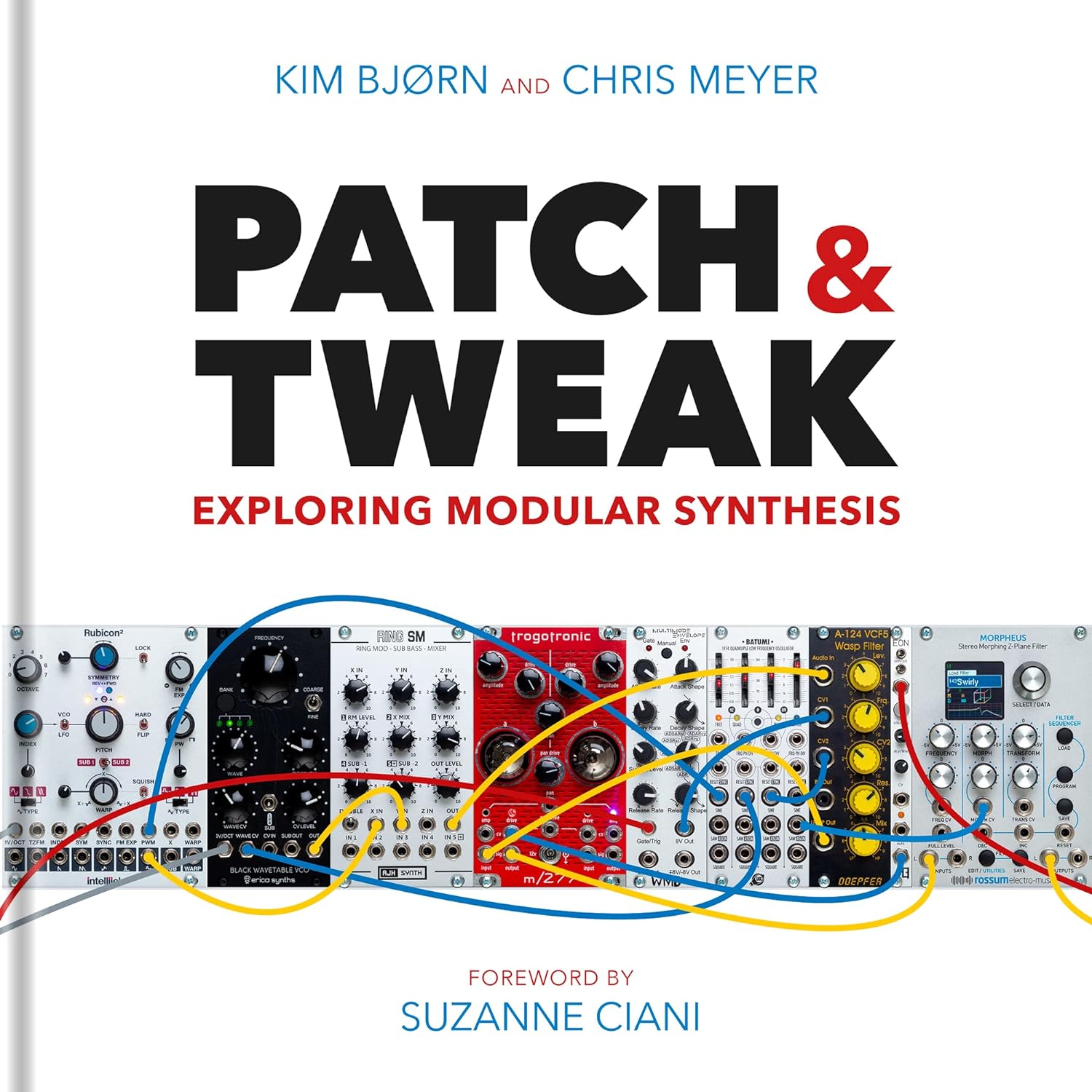
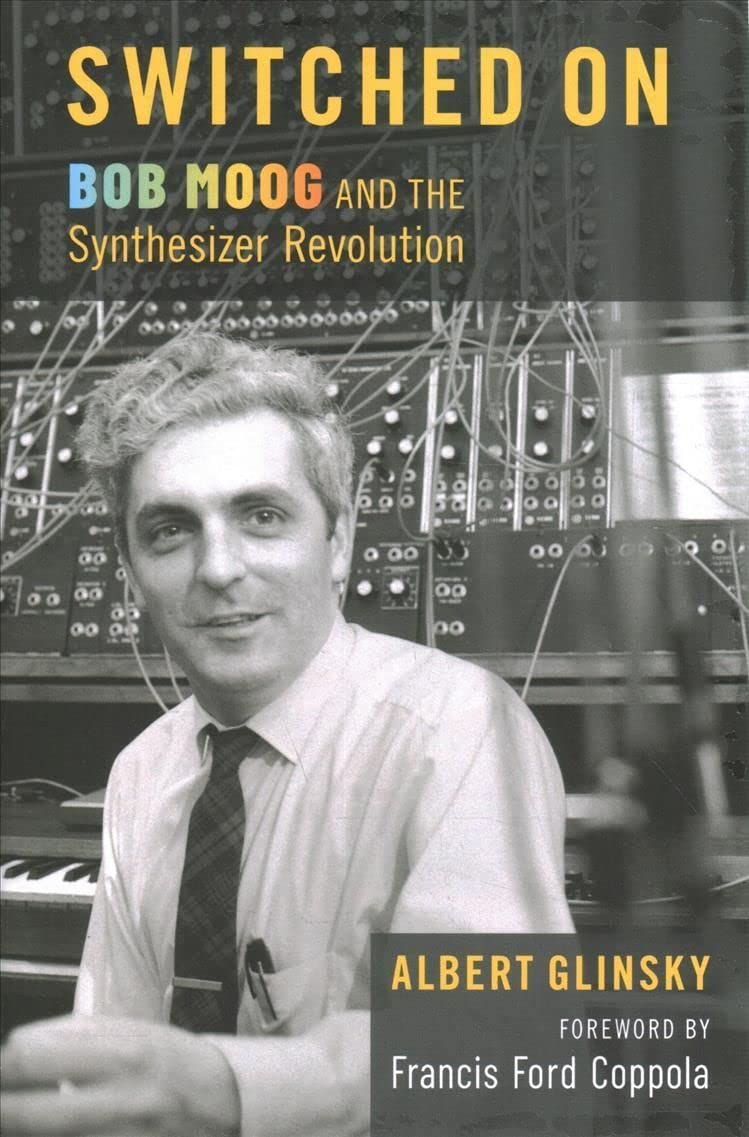
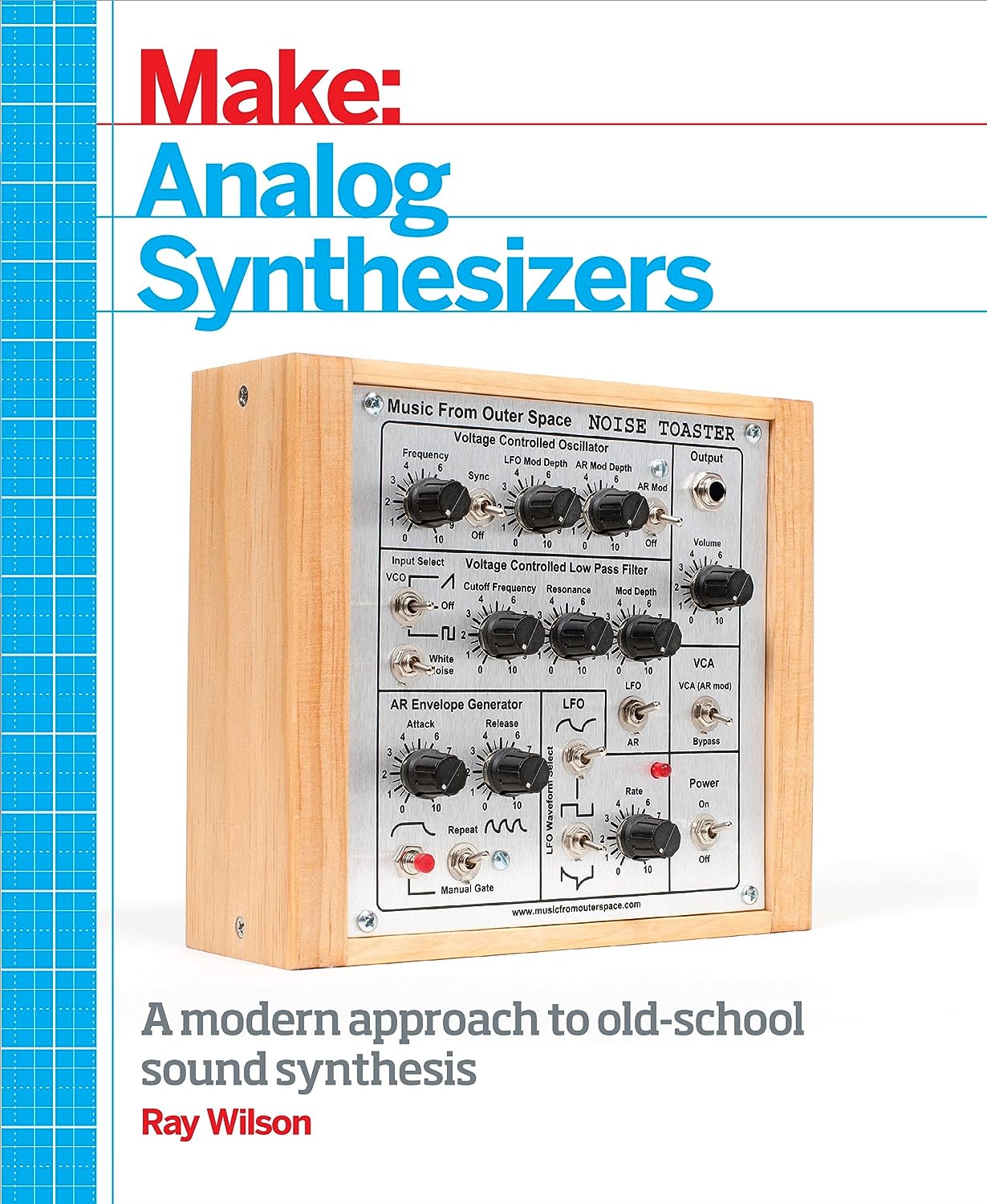
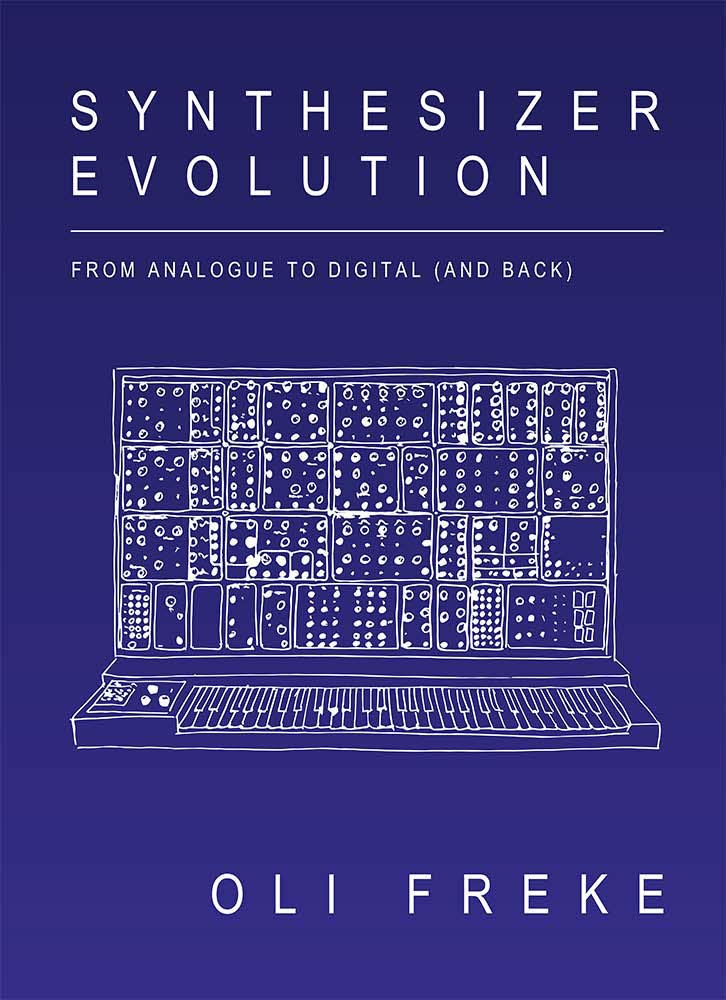
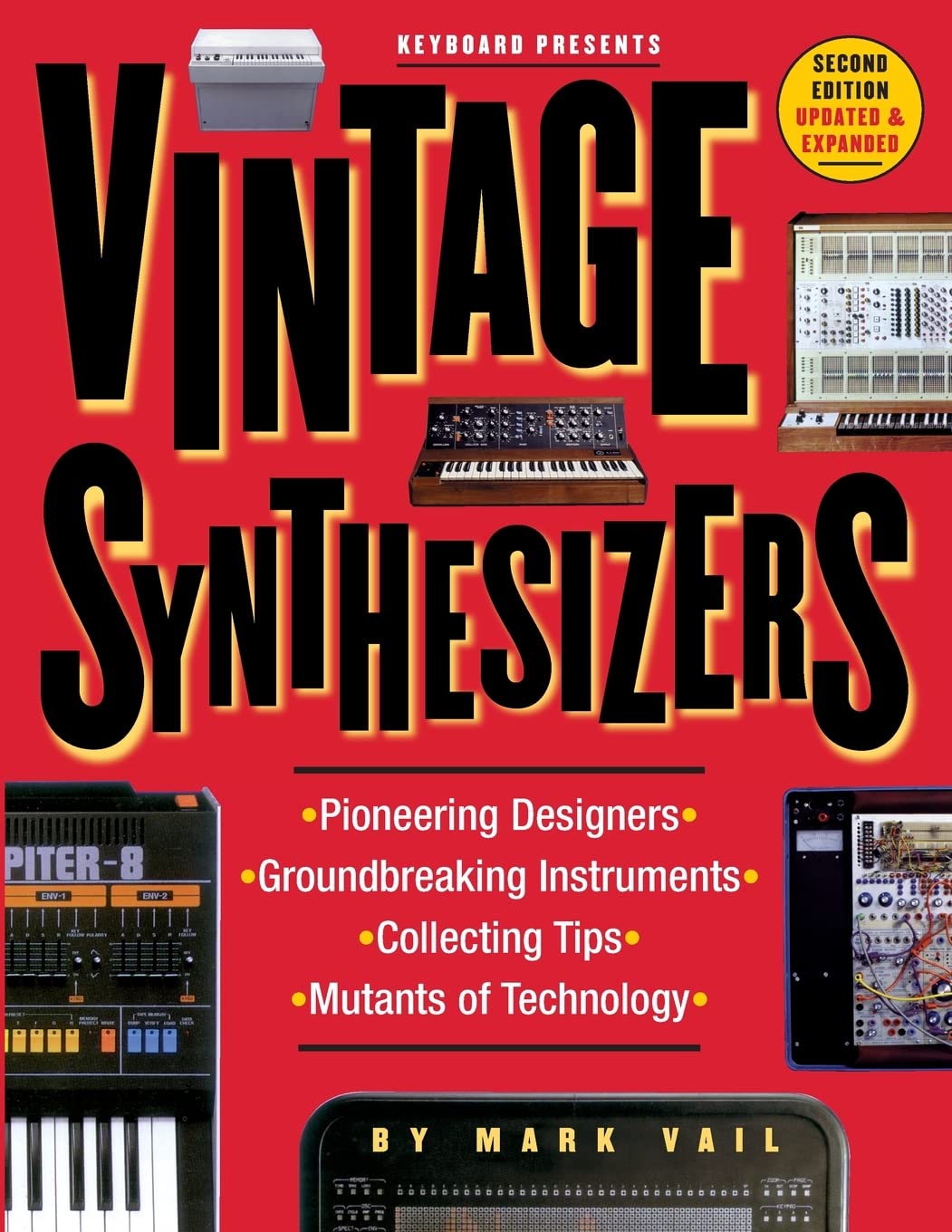
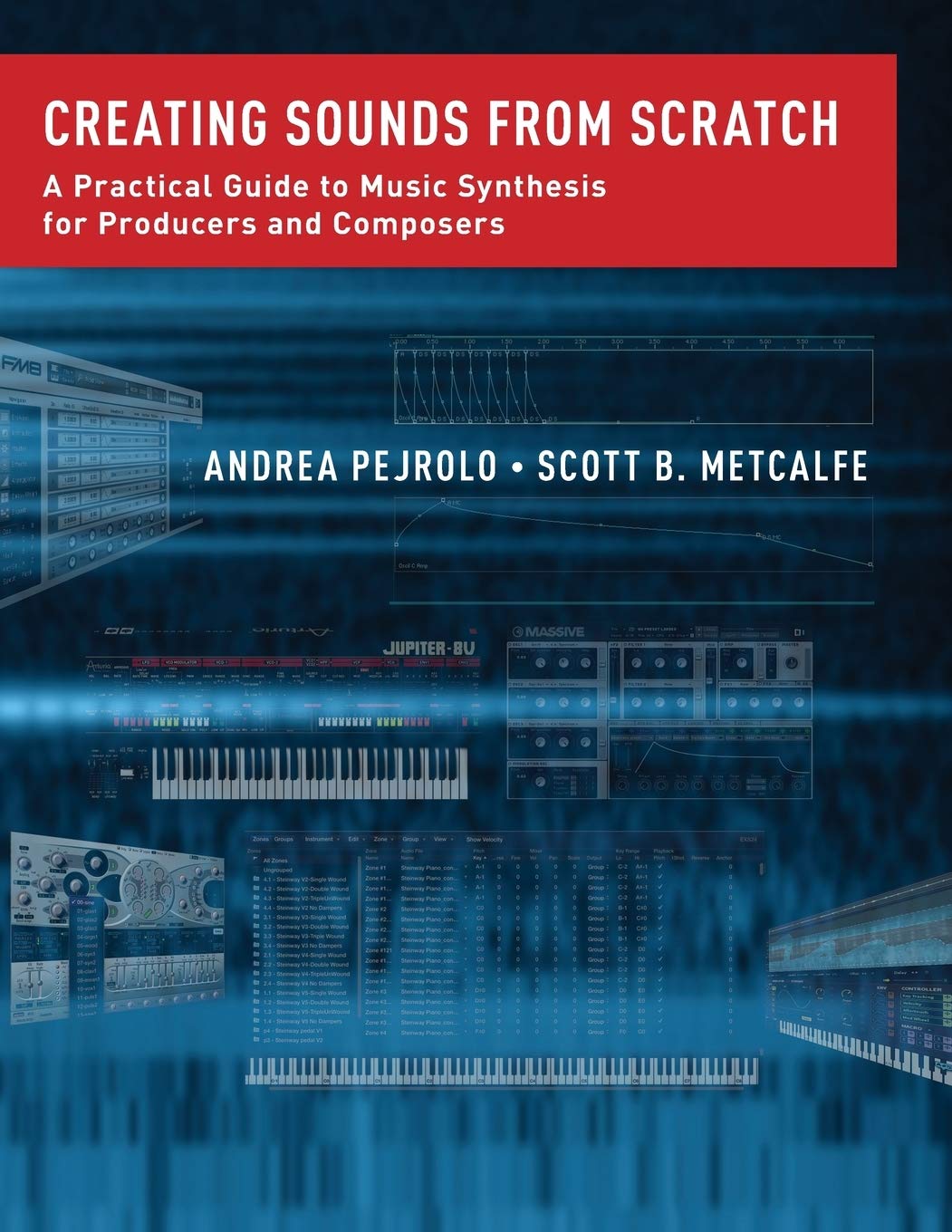
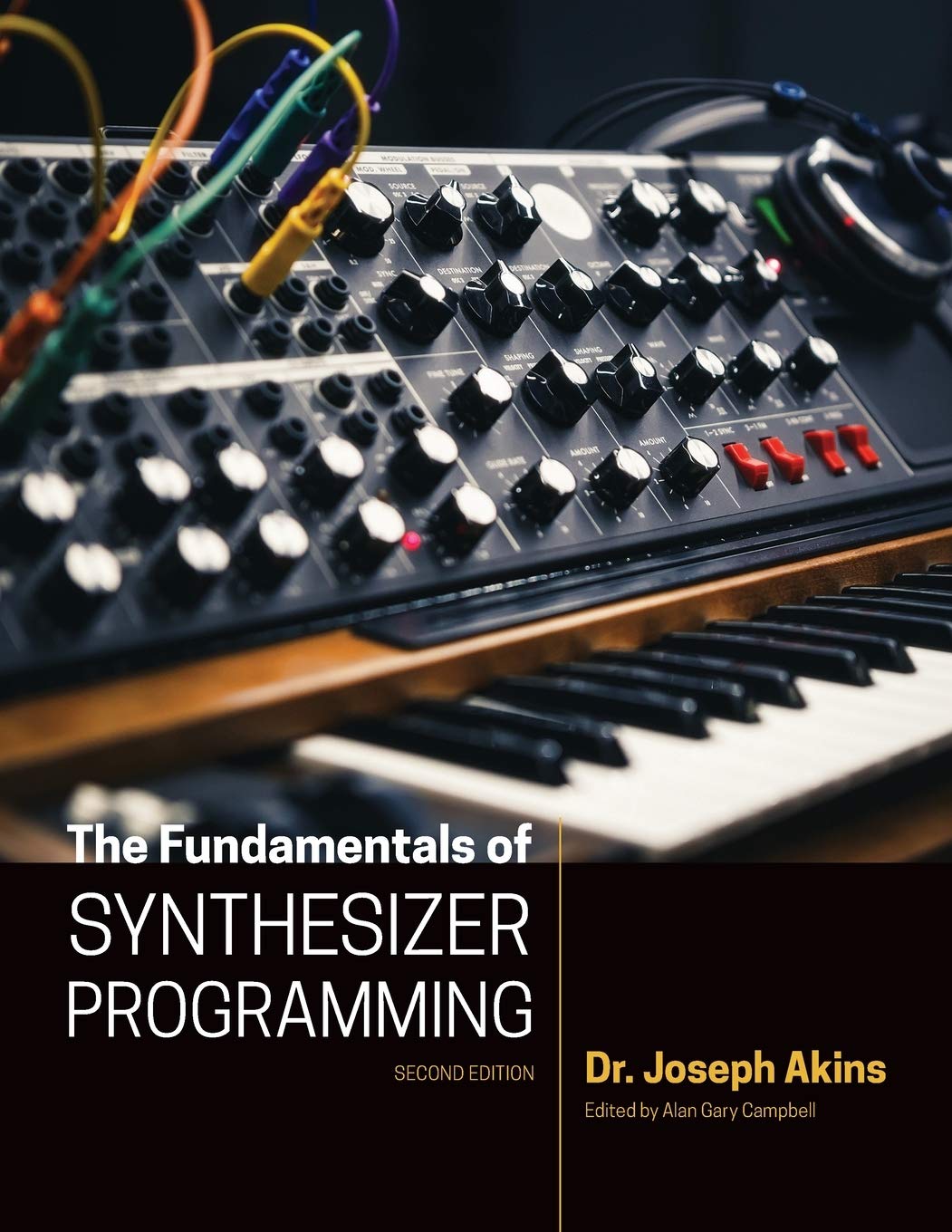
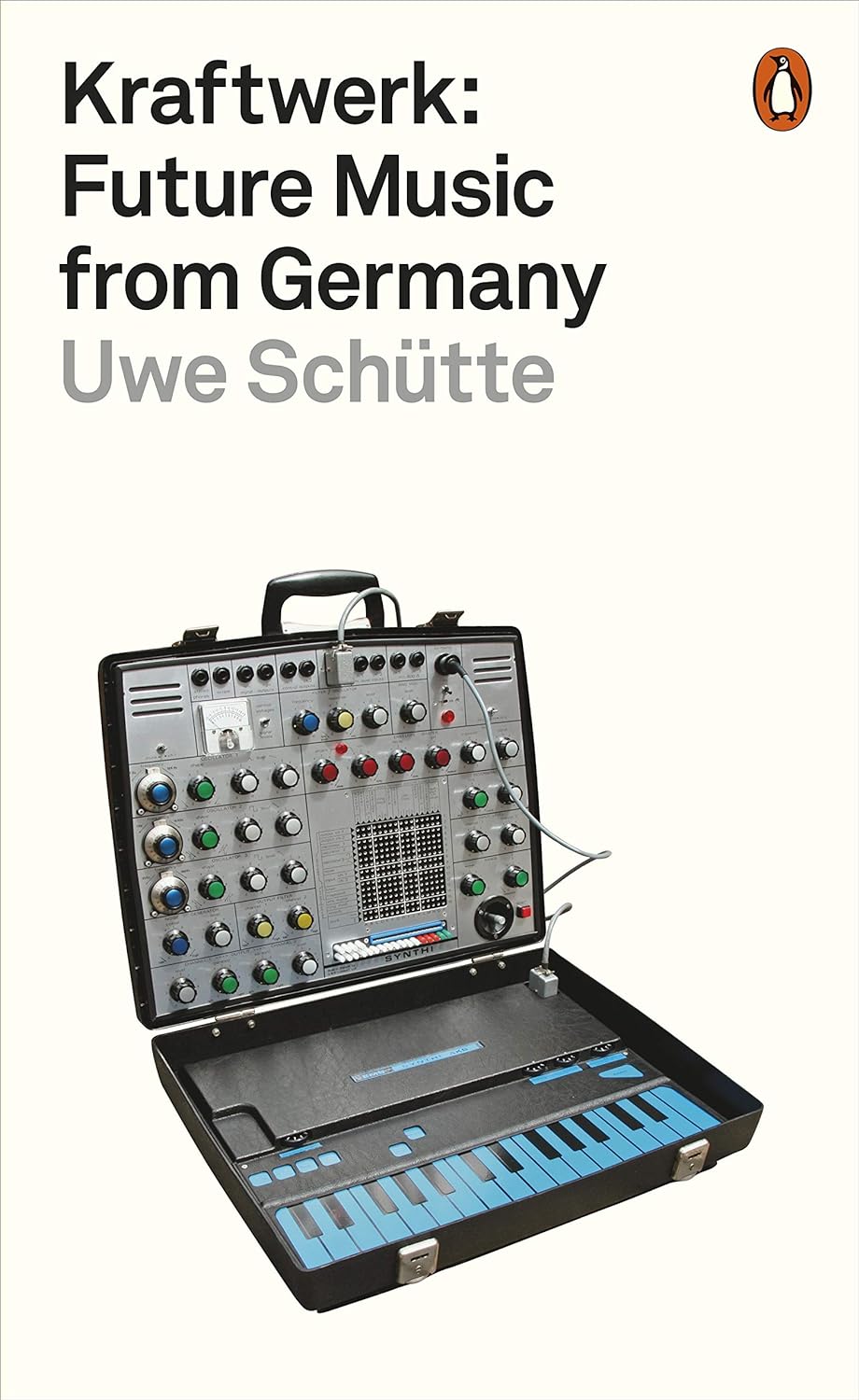
© Matrixsynth - All posts are presented here for informative, historical and educative purposes as applicable within fair use.
MATRIXSYNTH is supported by affiliate links that use cookies to track clickthroughs and sales. See the privacy policy for details.
MATRIXSYNTH - EVERYTHING SYNTH













© Matrixsynth - All posts are presented here for informative, historical and educative purposes as applicable within fair use.
MATRIXSYNTH is supported by affiliate links that use cookies to track clickthroughs and sales. See the privacy policy for details.
MATRIXSYNTH - EVERYTHING SYNTH







